Architects explore urbanism, heritage and power at Deoksugung Palace in Seoul
‘Architecture and Heritage: Unearthing Future’ organised by the National Museum of Modern and Contemporary Art Seoul unites imaginative installations by five international architects at the historic Deoksugung Palace
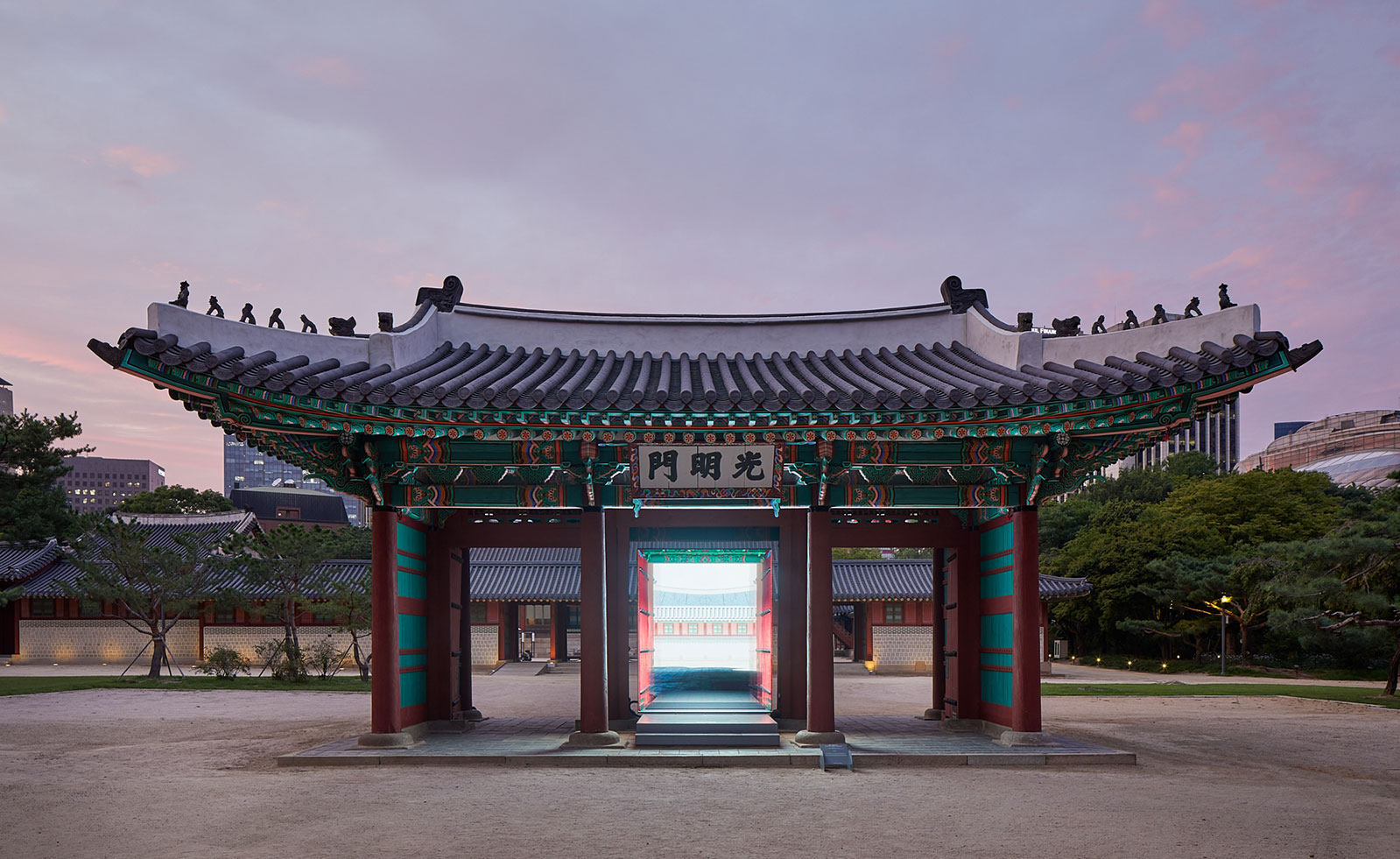
In the heart of Seoul there is always some peace to be found within the walls of one of the Five Grand Palaces, built during the Joseon dynasty (1392 – 1897) to house the imperial families. Entering the ancient compounds is like stepping into another beautifully preserved era. At Deoksugung, the palace neighbouring City Hall and the National Museum of Modern and Contemporary Art (MMCA), during your visit you will find a few unexpected – and very much 21st century structures – have popped up between the traditional sweeping eaves and connecting courtyards.
From a floating video unlocking portals into imagined worlds, to a roving set of multi-functional furniture pieces, the installations enliven the palace grounds with ideas exploring the relationship between architecture, urbanism and heritage on the occasion of the centennial of the first Emperor Gojong’s passing and the March First Independence Movement. While these events marked the start of Korea’s modern era, rulers were still very much grappling with how modernity would sit alongside traditions and heritage of the past politically.
Curator Lee Jihoi enlisted the stellar group of architects – CL3, Bureau Spectacular, OBBA, Obra Architects, Space Popular – to envision ‘a new interpretation of the Korean Empire’s dream for future city on the brink of modernism’. This imaginative framework provoked questions also relevant to today such as, how can the past and present exist in harmony together?
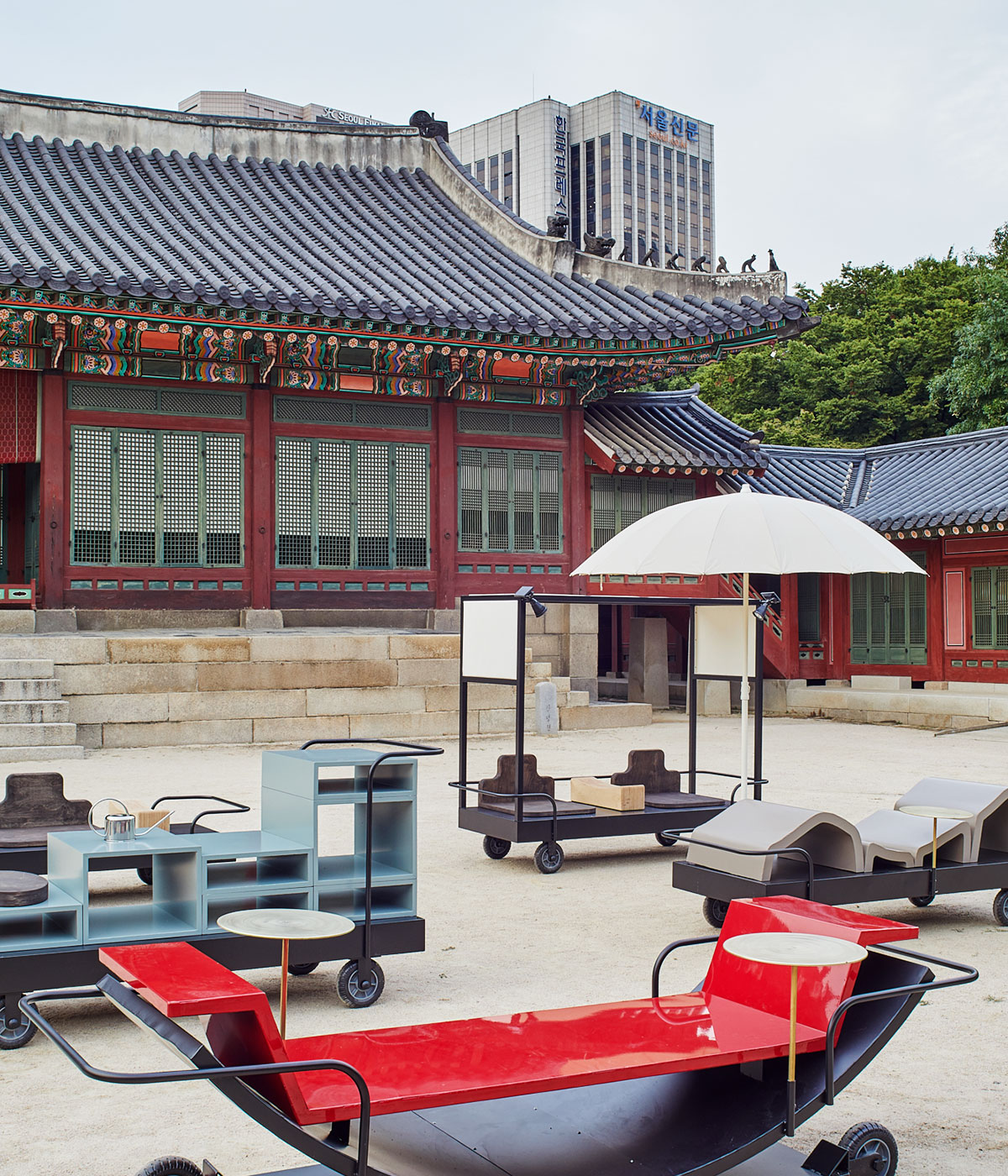
CL3 Architects Furniture for an emperor in transition.
Even in the face of remarkable amounts of change from the Joseon era until today – invasion, industrialisation, westernisation – the palaces maintained their stoic presence in the city. With this in mind, the idea of ‘transition’ was a starting point for CL3 Architects, and the theme was also relevant to us now, in the context of mobility, displacement and migration.
William Lim, founder and chief architect of CL3, designed a set of furniture on wheels for Gojong, the last King of Joseon and the first Emperor of Korea. Mixing cross-cultural references – the common push-cart seen in many Asian cities meets a Palanquin imperial carriage, Le Corbusier-designed furniture meets traditional Korean furniture – the roving set features everything from a chaise lounge to a garden storage unit, and is fully equipped for an era of instability.
Space Popular, Frederik Hellberg and Lara Lesmes, became absorbed in the rich architectural ornamentation, colourful painted timber and stucco decoration of the palace, and its imperial role of communicating an aura of splendour and power to its audiences. At the Gwangmyeongmun Gate, which played an important role in this spectacle, their site specific video installation plays out, leading viewers through a series of 1:1 gates. The portals open up and traverse from an imperial interior, to a modern-day chat room, opening and closing each time to reveal an even more surreal space.
The architects compare the draw of this historic gate and its capacity to communicate to society through architecture, to the television screen of the 1950s, and now the screens in our pockets, the feeds and the VR goggles through which we enter virtual worlds each broadcasting their own ideas. Packed with technicolour, pattern and animated objects, the work concludes that while the tools with which we communicate might change, our nature as humans, with an innate need to express ideas with the visual objects around us, stays the same.
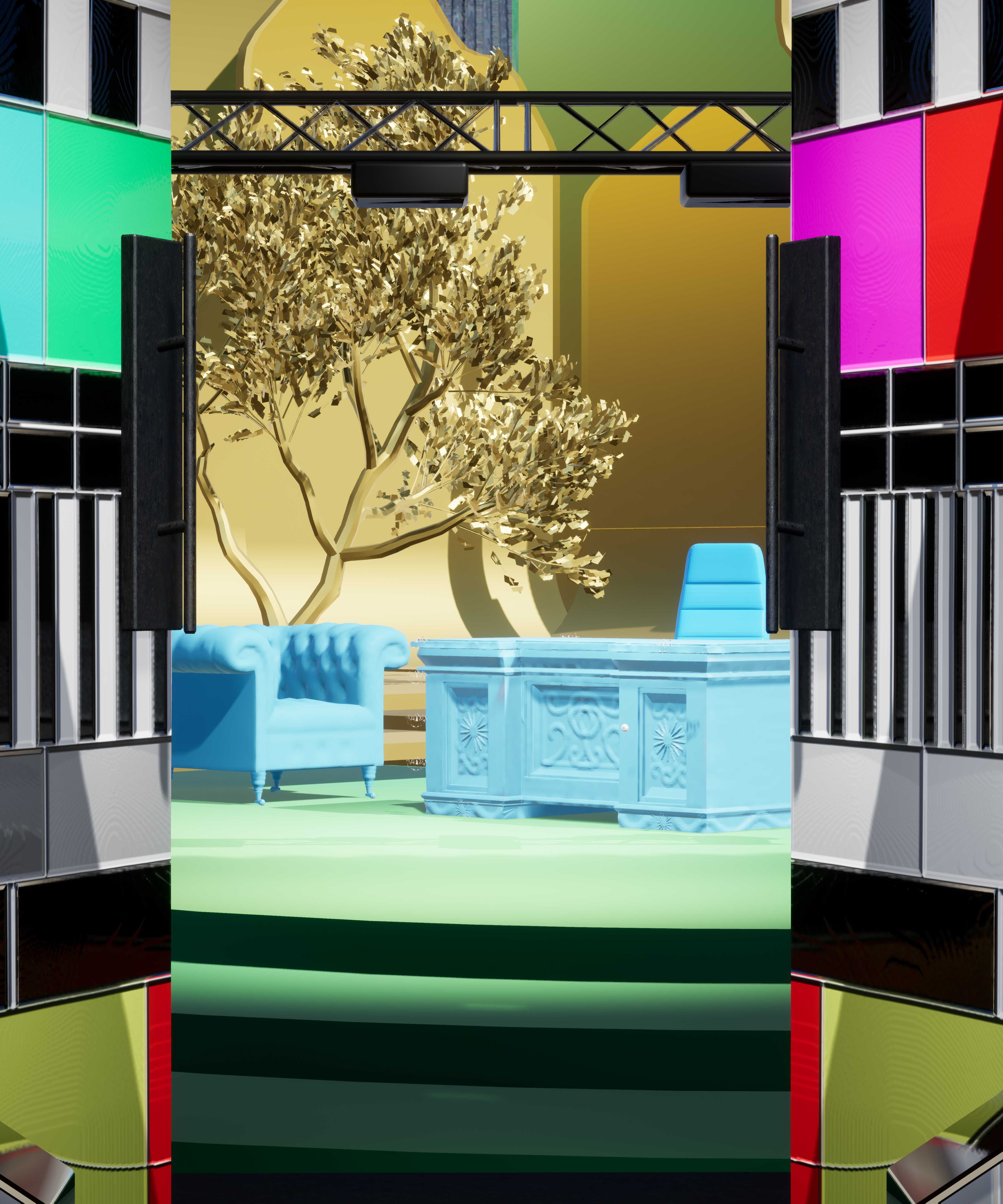
Video still from The Gate of Bright Lights, Space Popular
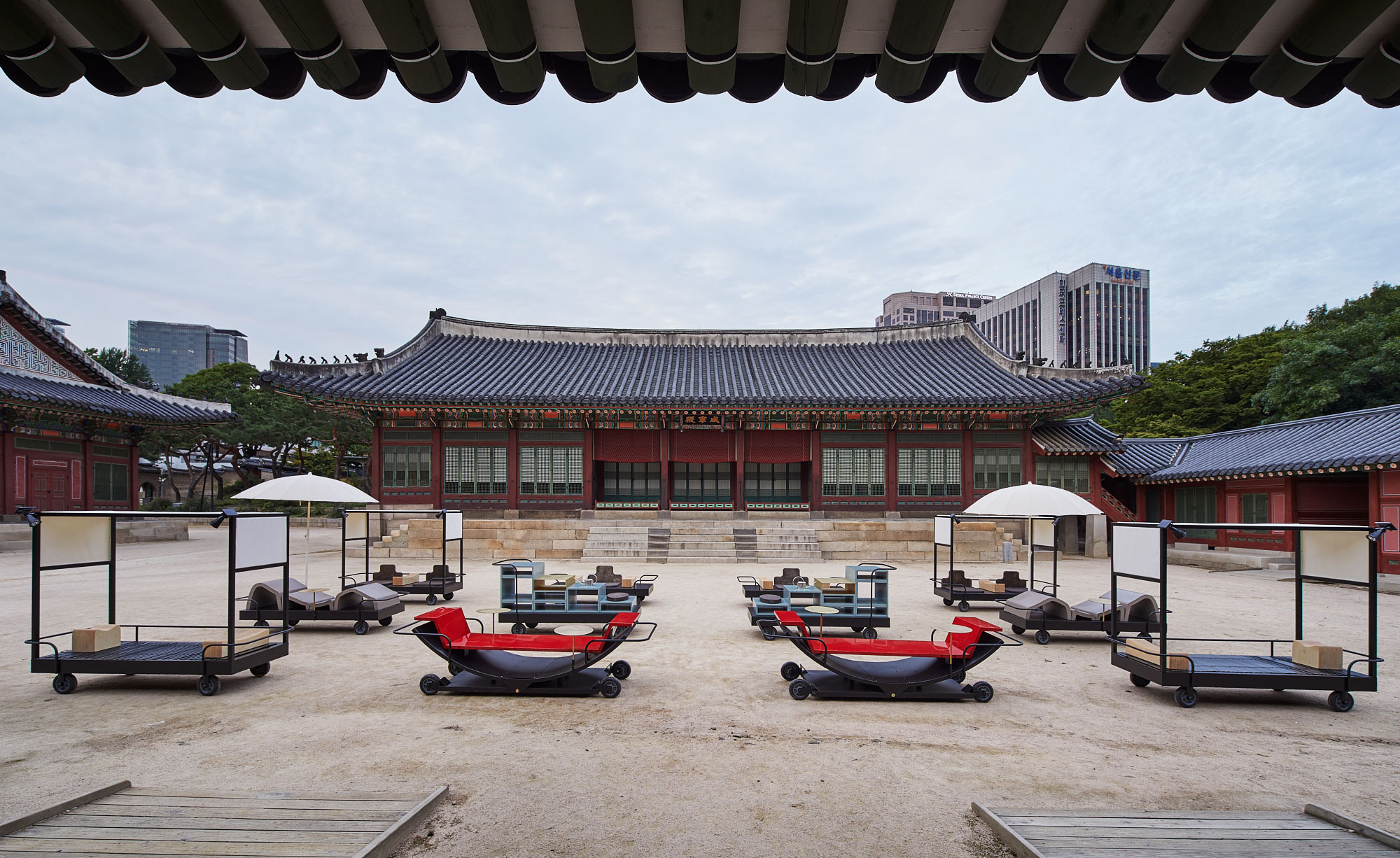
Furniture for an emperor in transition, CL3 Architects
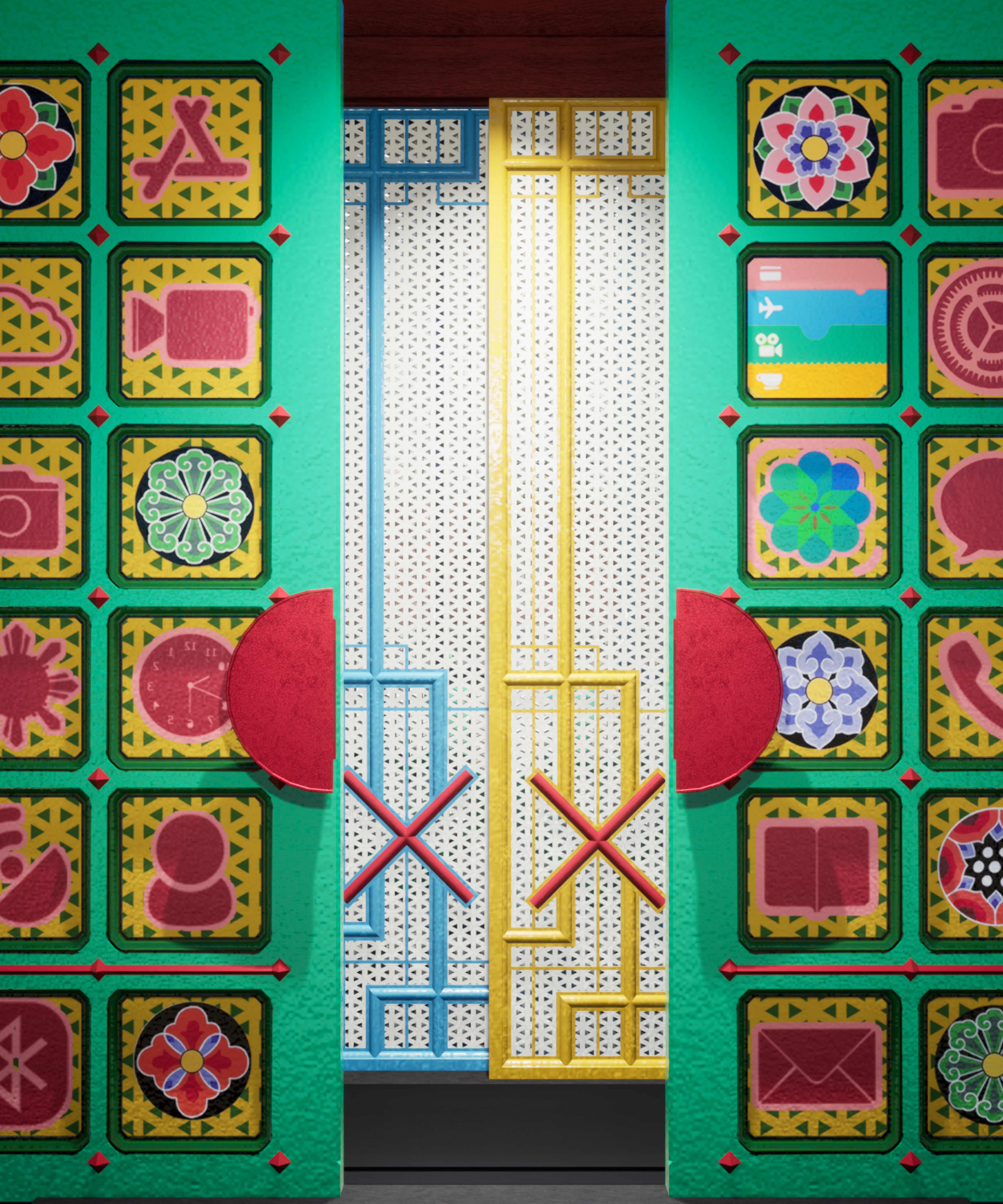
Video still from The Gate of Bright Lights, Space Popular
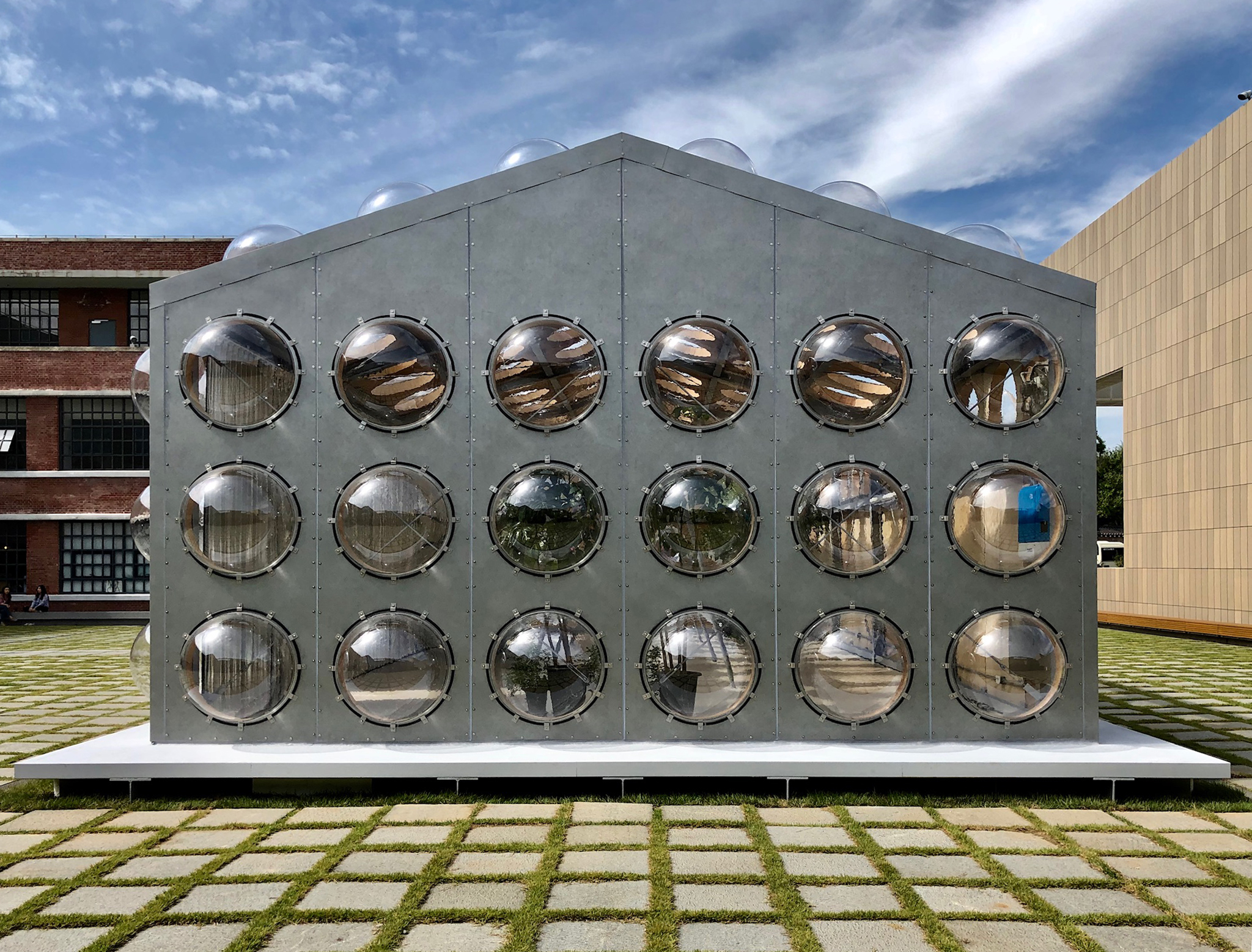
Obra Architects’ Perpetual Spring pavilion ponders the historical assertion of how a revolution prefers fair weather attested first with The Spring of Nations of 1848, with The Prague Spring of 1968 and, more recently, with The Arab Spring of 2010. The pavilion aspires to artificially perpetuate the climatic conditions propitious to progressive social change
INFORMATION
‘Architecture and Heritage: Unearthing Future’; until 11 April 2020.
Wallpaper* Newsletter
Receive our daily digest of inspiration, escapism and design stories from around the world direct to your inbox.
ADDRESS
Deoksugung Palace
99 Sejong-daero
Jeong-dong
Jung-gu
Seoul
South Korea
Harriet Thorpe is a writer, journalist and editor covering architecture, design and culture, with particular interest in sustainability, 20th-century architecture and community. After studying History of Art at the School of Oriental and African Studies (SOAS) and Journalism at City University in London, she developed her interest in architecture working at Wallpaper* magazine and today contributes to Wallpaper*, The World of Interiors and Icon magazine, amongst other titles. She is author of The Sustainable City (2022, Hoxton Mini Press), a book about sustainable architecture in London, and the Modern Cambridge Map (2023, Blue Crow Media), a map of 20th-century architecture in Cambridge, the city where she grew up.
-
 A Xingfa cement factory’s reimagining breathes new life into an abandoned industrial site
A Xingfa cement factory’s reimagining breathes new life into an abandoned industrial siteWe tour the Xingfa cement factory in China, where a redesign by landscape specialist SWA Group completely transforms an old industrial site into a lush park
By Daven Wu
-
 Put these emerging artists on your radar
Put these emerging artists on your radarThis crop of six new talents is poised to shake up the art world. Get to know them now
By Tianna Williams
-
 Dining at Pyrá feels like a Mediterranean kiss on both cheeks
Dining at Pyrá feels like a Mediterranean kiss on both cheeksDesigned by House of Dré, this Lonsdale Road addition dishes up an enticing fusion of Greek and Spanish cooking
By Sofia de la Cruz
-
 You’ll soon be able to get a sneak peek inside Peter Zumthor’s LACMA expansion
You’ll soon be able to get a sneak peek inside Peter Zumthor’s LACMA expansionBut you’ll still have to wait another year for the grand opening
By Anna Fixsen
-
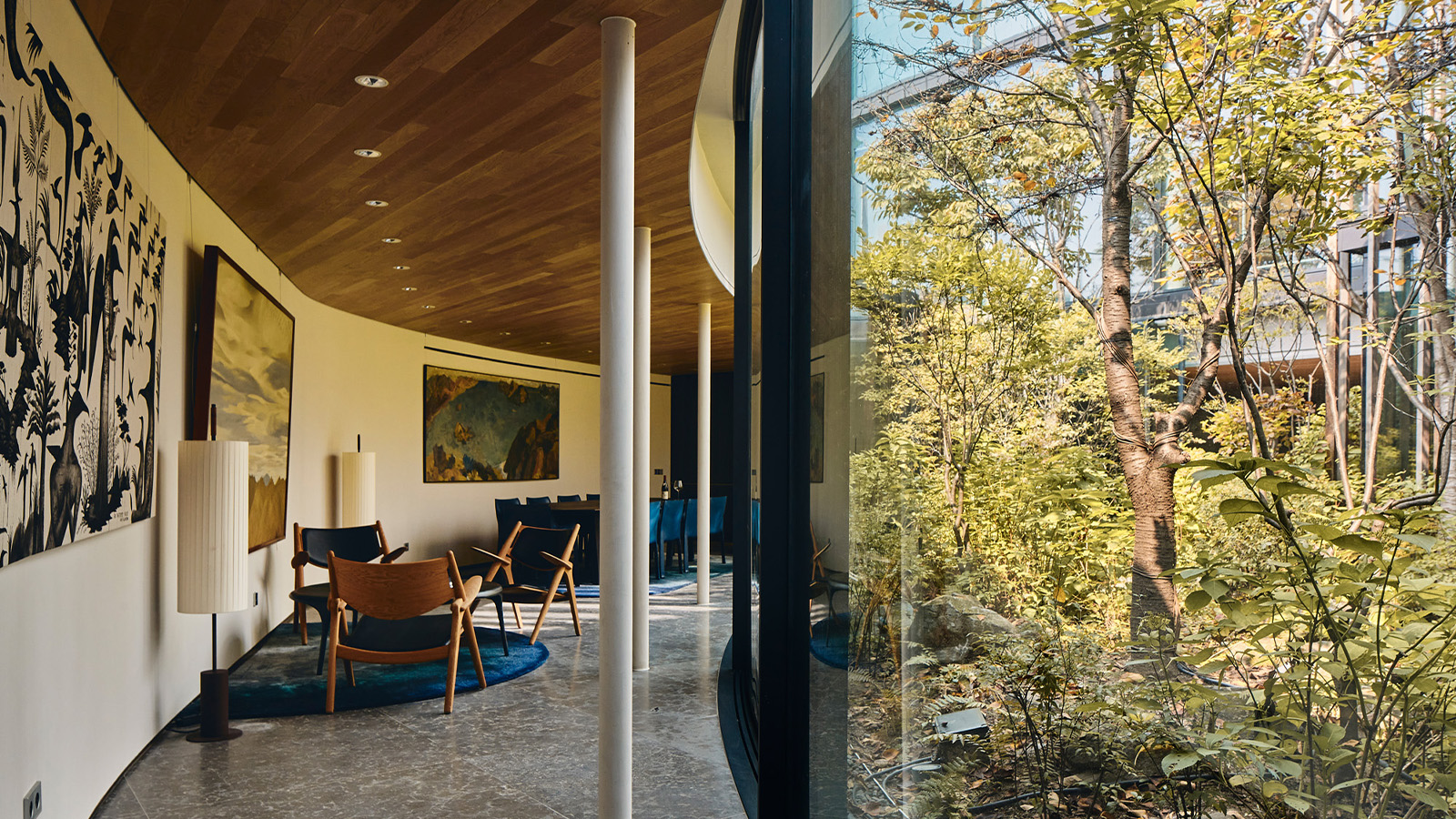 Join our tour of Taikaka House, a slice of New Zealand in Seoul
Join our tour of Taikaka House, a slice of New Zealand in SeoulTaikaka House, meaning ‘heart-wood’ in Māori, is a fin-clad, art-filled sanctuary, designed by Nicholas Burns
By SuhYoung Yun
-
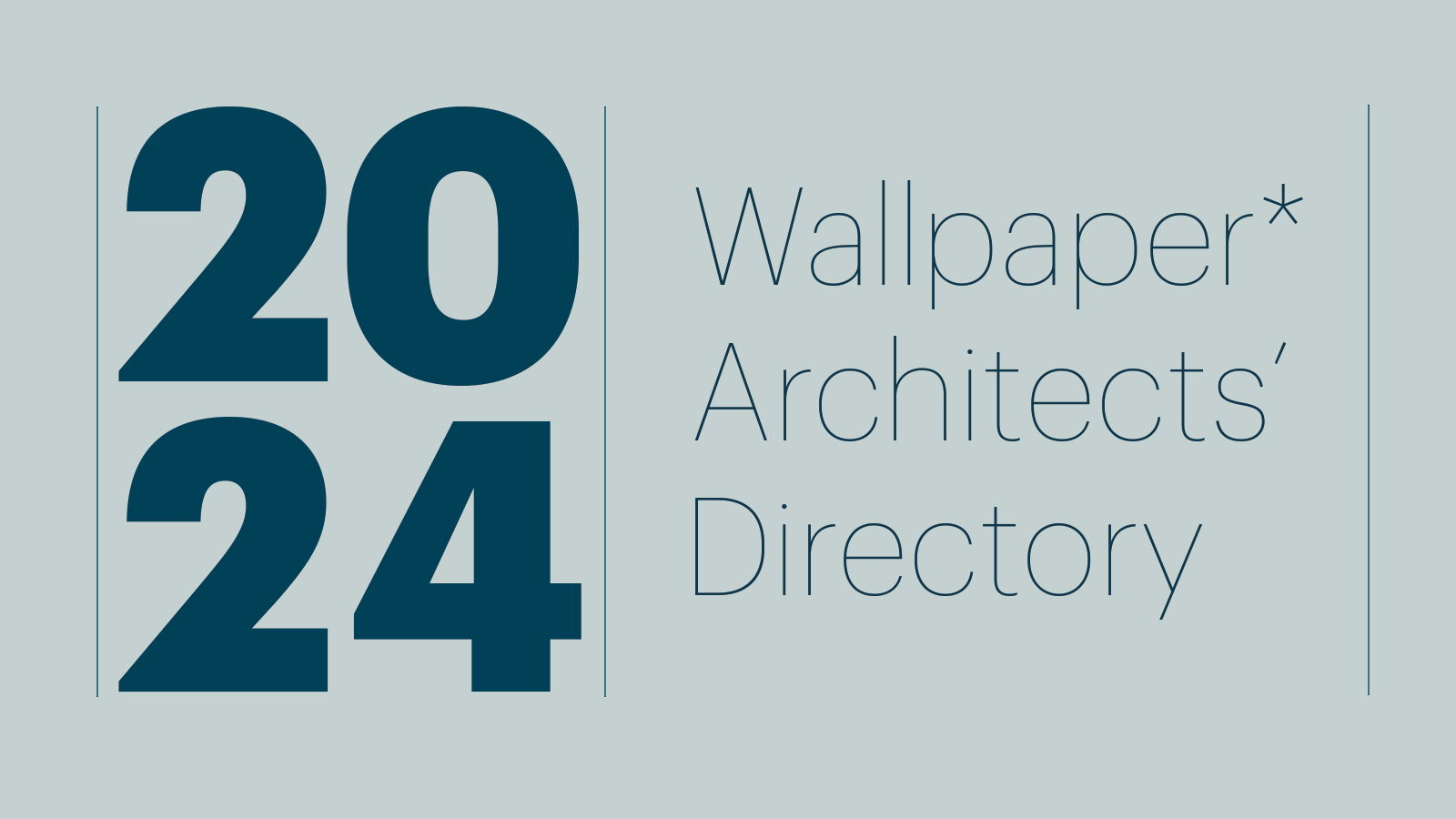 Wallpaper* Architects’ Directory 2024: meet the practices
Wallpaper* Architects’ Directory 2024: meet the practicesIn the Wallpaper* Architects Directory 2024, our latest guide to exciting, emerging practices from around the world, 20 young studios show off their projects and passion
By Ellie Stathaki
-
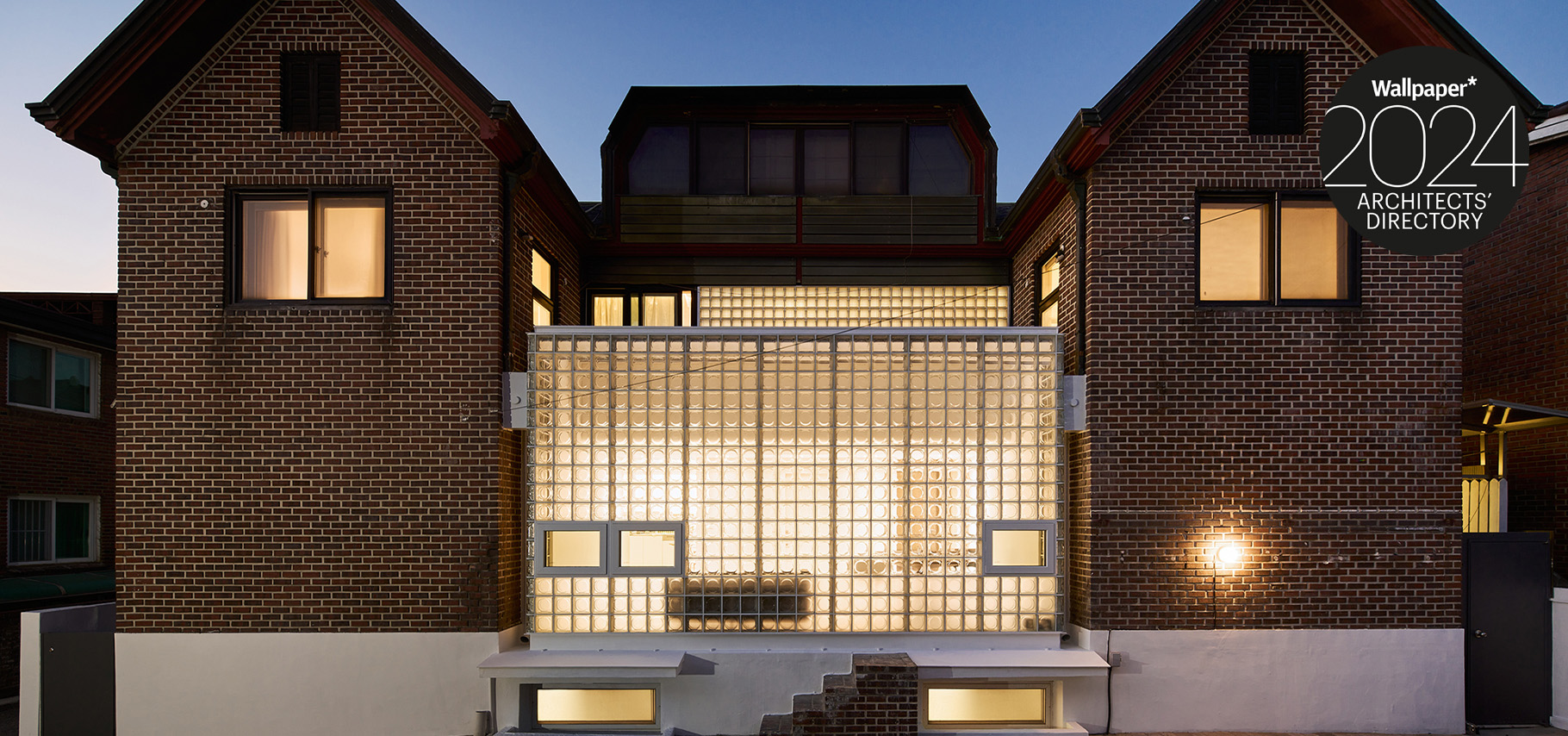 Studio Heech transforms a Seoul home, nodding to Pierre Chareau’s Maison De Verre
Studio Heech transforms a Seoul home, nodding to Pierre Chareau’s Maison De VerreYoung South Korean practice Studio Heech joins the Wallpaper* Architects’ Directory 2024, our annual round-up of exciting emerging architecture studios
By Tianna Williams
-
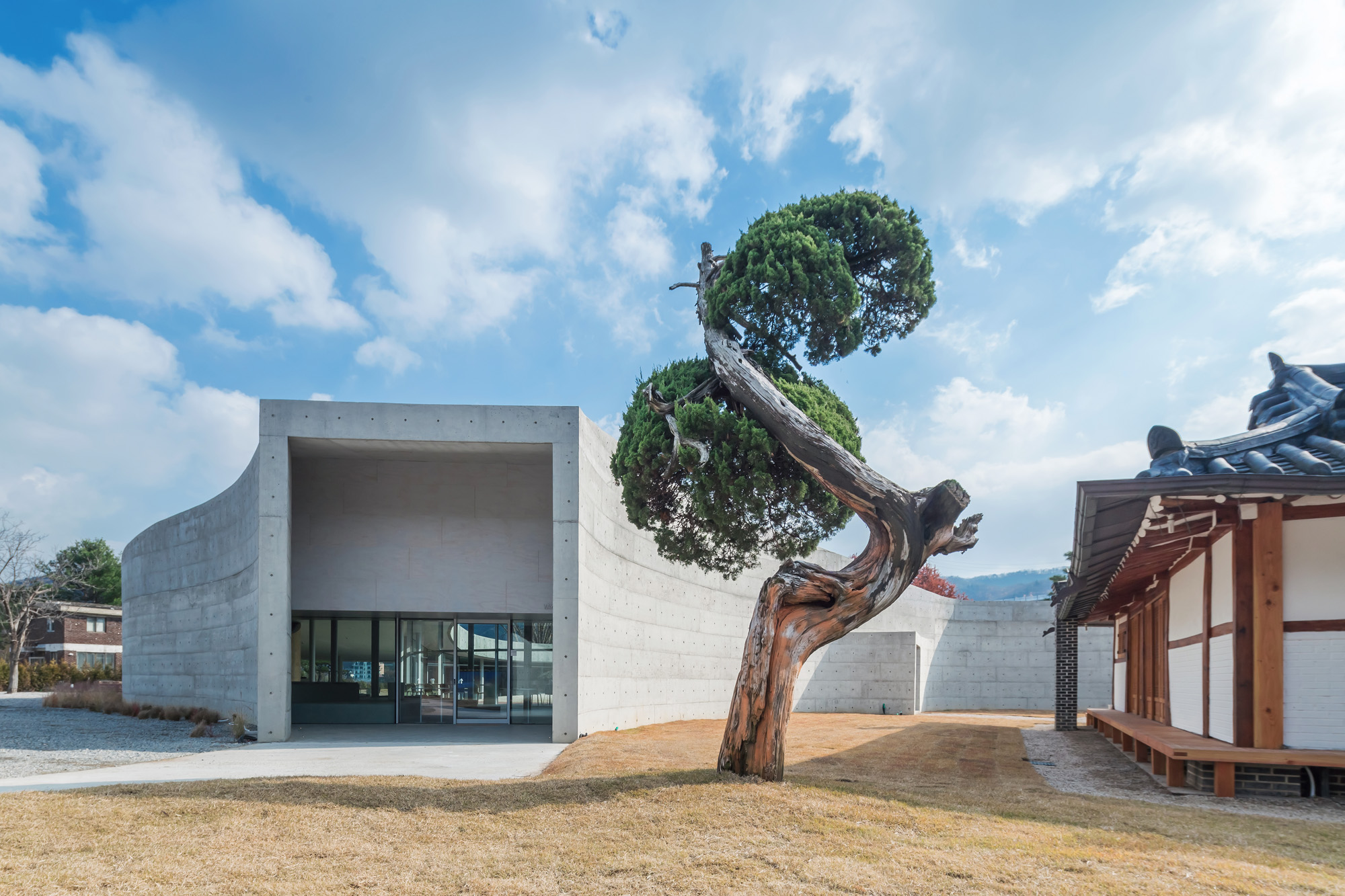 Architect Byoung Cho on nature, imperfection and interconnectedness
Architect Byoung Cho on nature, imperfection and interconnectednessSouth Korean architect Byoung Cho’s characterful projects celebrate the quirks of nature and the interconnectedness of all things
By Ellie Stathaki
-
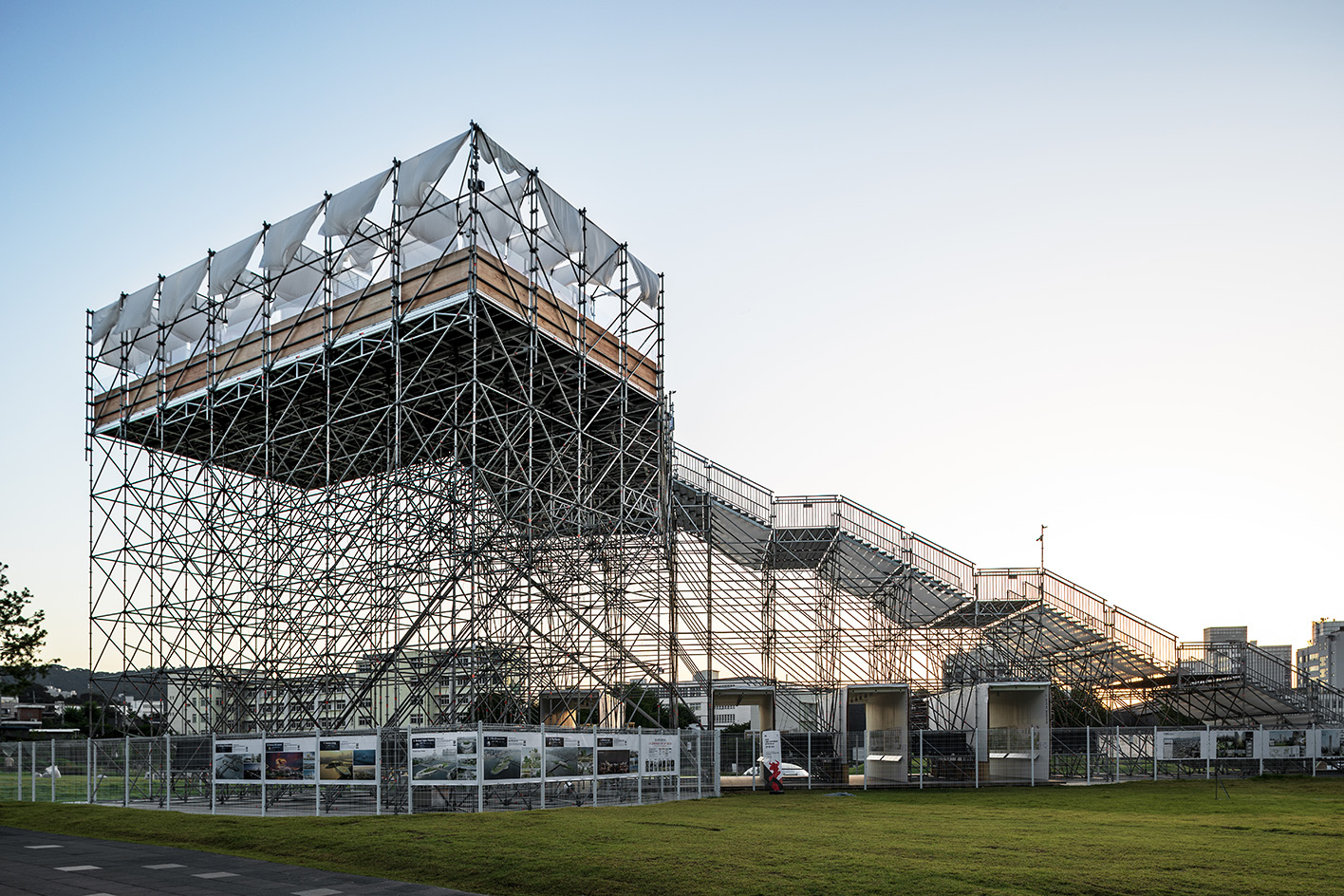 2023 Seoul Biennale of architecture invites visitors to step into the outdoors
2023 Seoul Biennale of architecture invites visitors to step into the outdoorsSeoul Biennale of Architecture and Urbanism 2023 has launched in the South Korean capital, running themes around nature and land through the lens of urbanism
By SuhYoung Yun
-
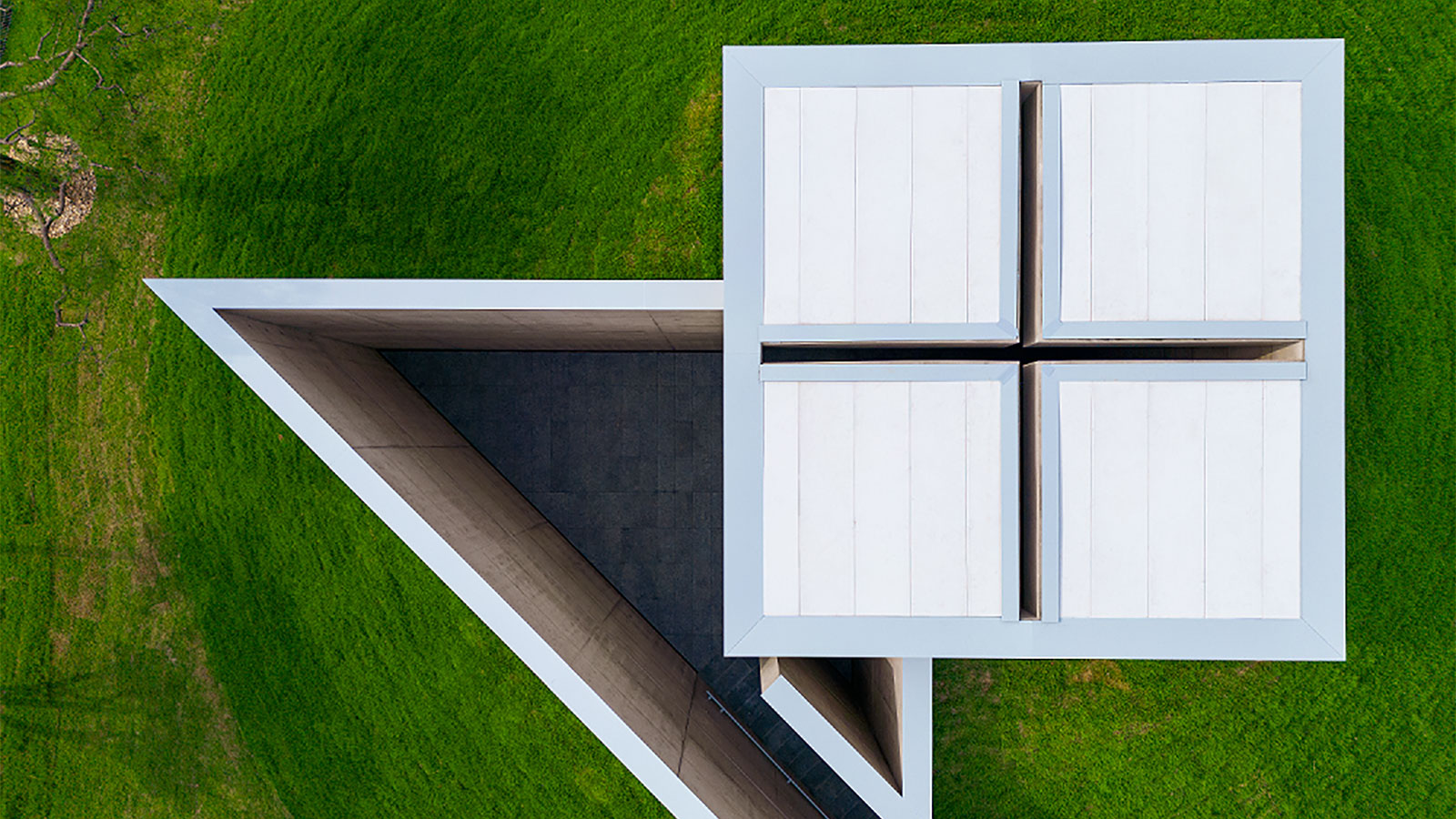 Tadao Ando’s ‘Space of Light’, a meditation pavilion, opens in South Korea
Tadao Ando’s ‘Space of Light’, a meditation pavilion, opens in South KoreaTadao Ando’s ‘Space of Light’ pavilion opens at Museum SAN in South Korea
By SuhYoung Yun
-
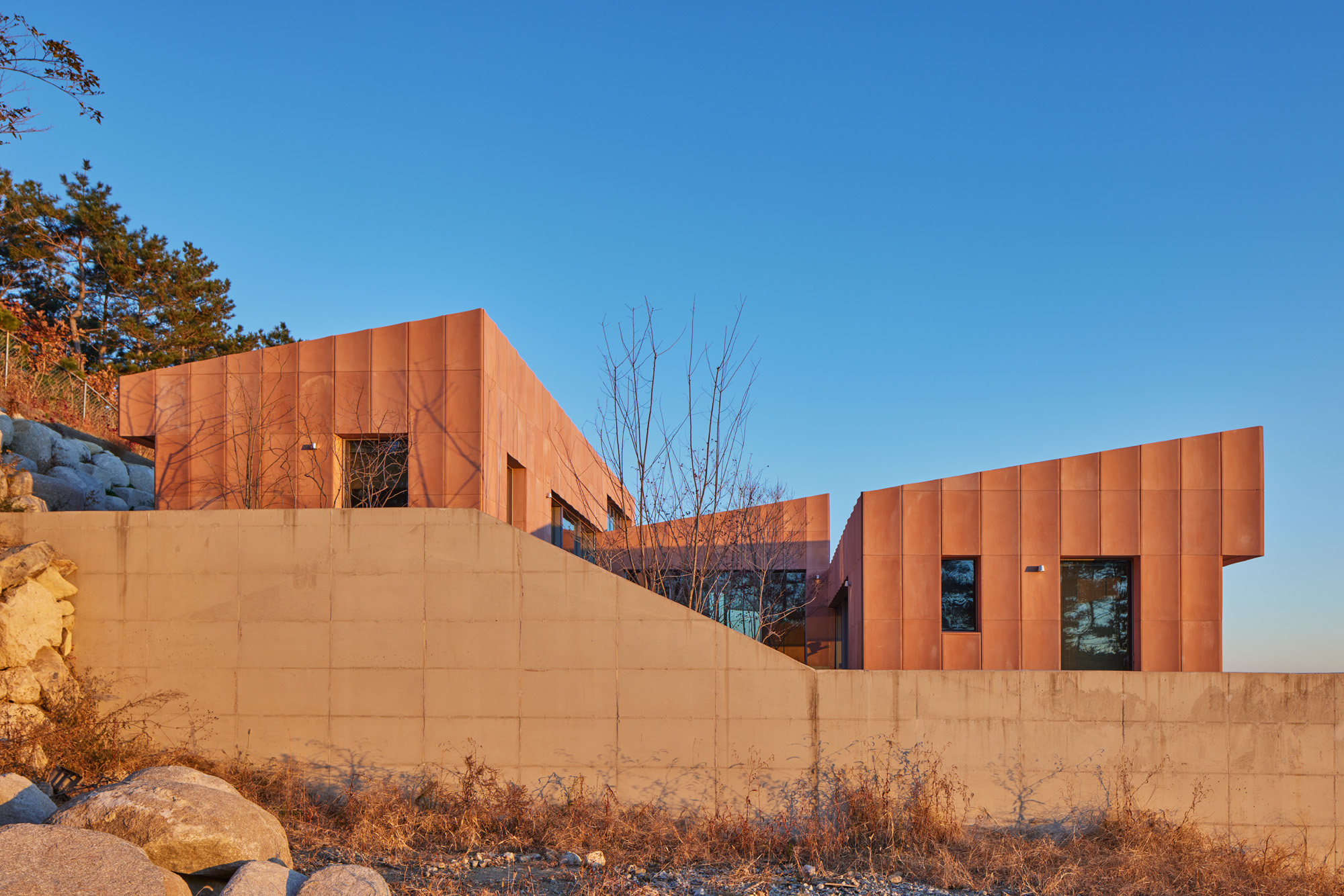 Seosaeng House is a holiday home designed to capture the rising sun
Seosaeng House is a holiday home designed to capture the rising sunSeosaeng House, Studio Weave’s first project in South Korea, is a clifftop holiday home perfectly designed to capture a new day dawning over the East Sea
By SuhYoung Yun